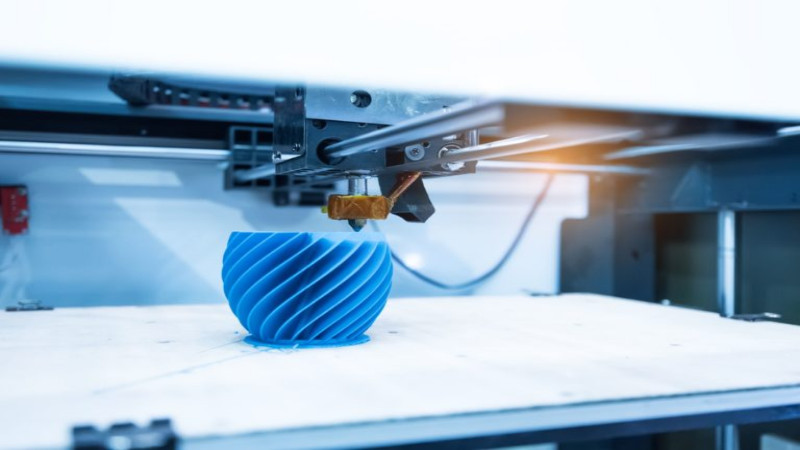All check valves used in any type of system are used for only one purpose. That purpose is to prevent any type of backflow through the system. Often known as a non-return valve or a one-way valve, these are fully self-operating valves that are designed to close once the system pressure changes a specific amount between the inlet side of the valve and the outlet side of the valve.
In air compressors, including small portable units or large industry systems, preventing the backflow of air from low pressure to high-pressure areas of the system is essential. If the air were to flow backward, debris, dust, and moisture could be pulled into the compressor, resulting in decreased performance or even system failure. In these types of applications, the best compressor check valve plays an essential role.
Location of the Valve
There can be several locations in a larger system where a compressor check valve is required. The most obvious location is between the actual pressure tank of the system and the outlet hose or tubing leading from the tank. In this location, the valve only opens when a specific minimum amount of pressure has built in the tank. If the valve were not present, the tank would empty before the required pressure was met.
In a small system, there may only be one valve at the tank. However, with the larger systems, there is also a compressor check valve positioned at the hose and the compressed air receiver. As soon as the pressure on the inlet side drops below the specific pre-set limit for the valve, the valve closes, sealing off any air from flowing backward through the system at this point.
Depending on the pressure levels required in the system, the valve can be pre-selected to maintain the desired pressure for opening and closing. As these valves operate without the need for any external control, choosing the right valve is essential for the overall performance of the pneumatic system.



